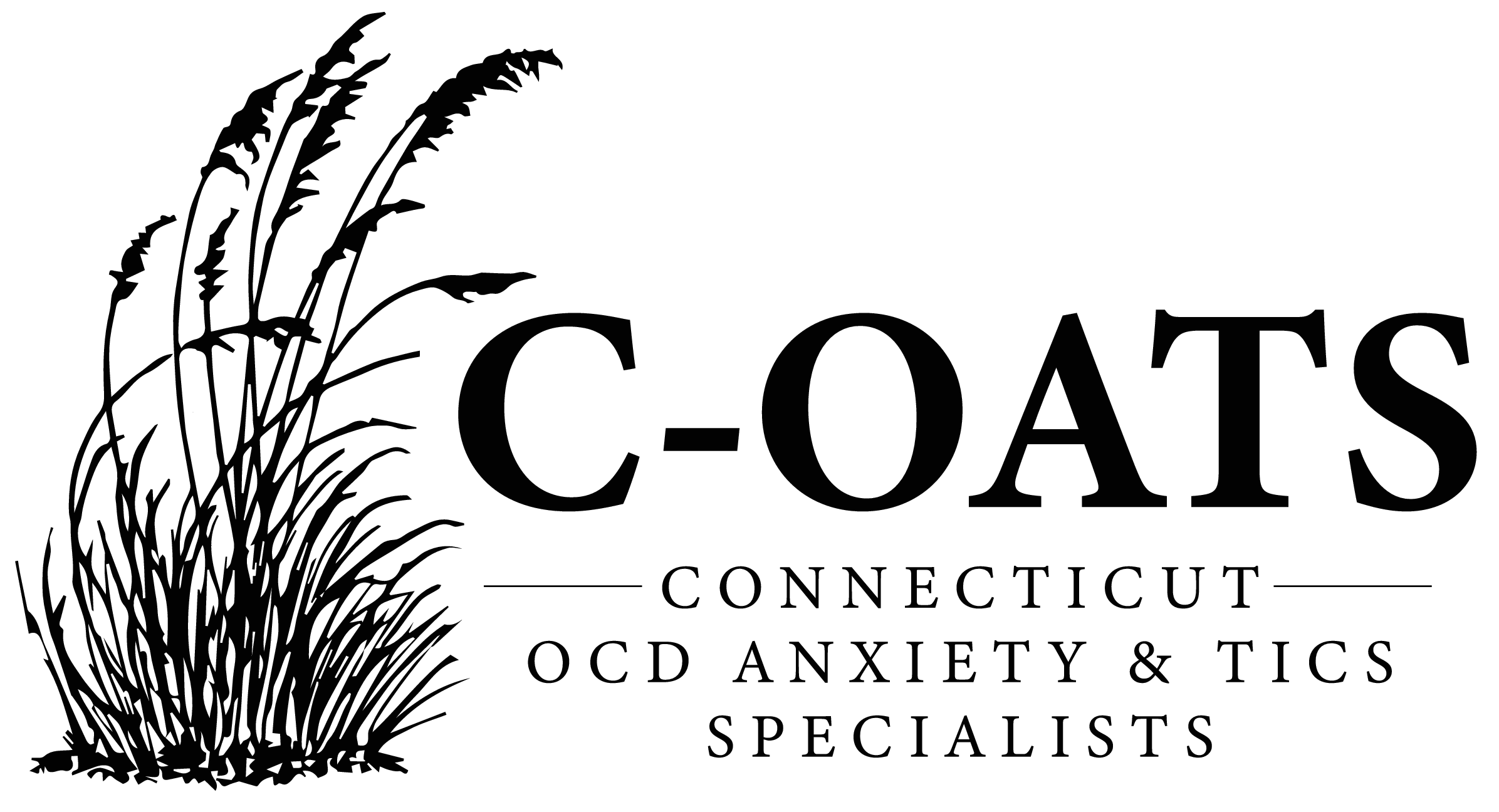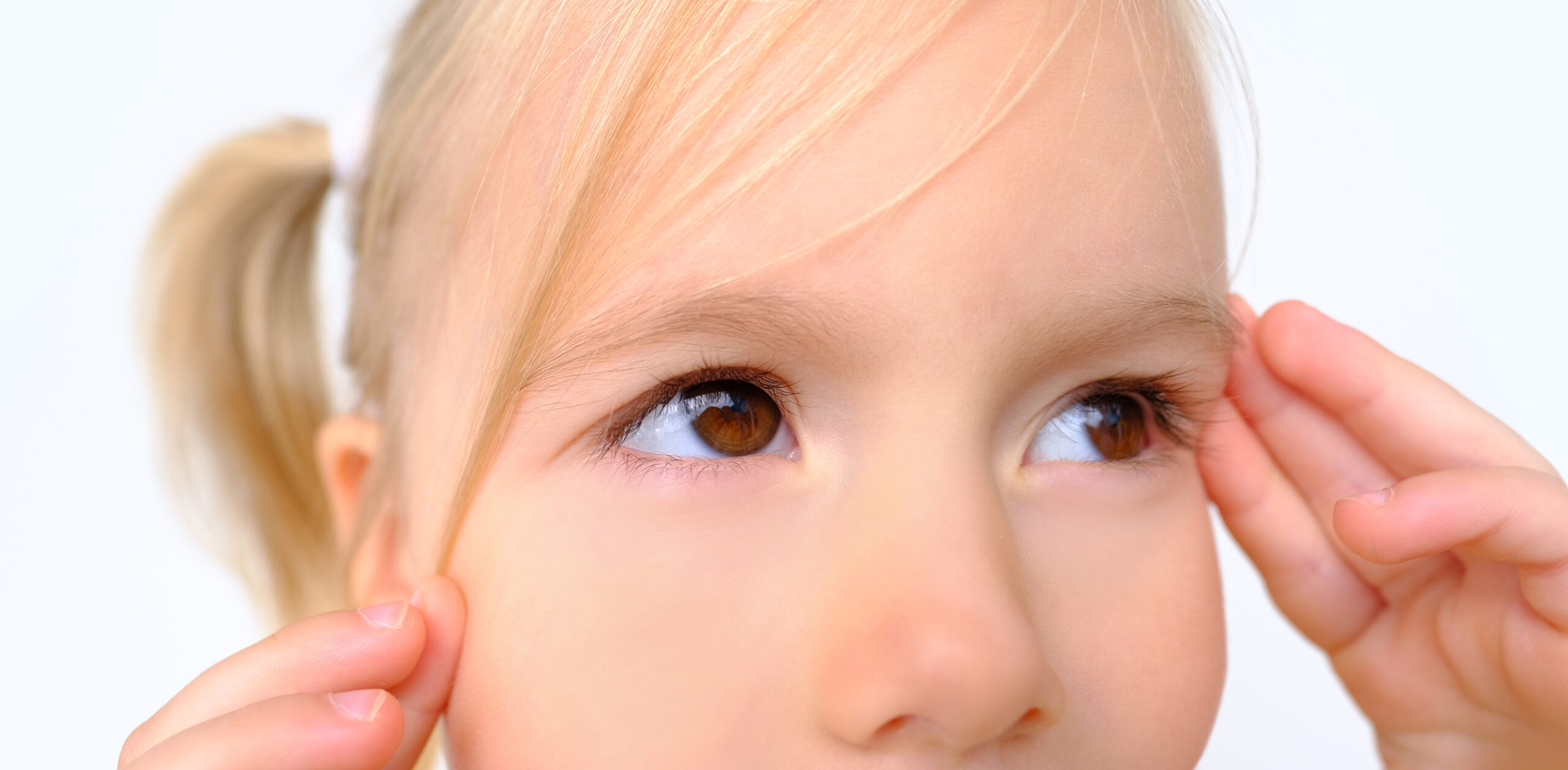Tics are a relatively common occurrence, particularly among children. They are often harmless but can sometimes cause distress or interfere with everyday activities. This article explores what tics are, their different types, the disorders they’re associated with, and how they can be managed.
What Are Tics?
Tics are repeated, sudden, rapid, nonrhythmic movements or sounds. These involuntary expressions can vary greatly in their severity and frequency. There are two main types of tics: motor tics, which involve body movement, and vocal tics, which involve the sounds a person makes.
Simple and Complex Tics
Tics can further be classified into simple and complex types. Simple tics are sudden, brief, and repetitive movements that involve a limited number of muscle groups. On the other hand, complex tics are distinct, coordinated patterns of movements involving several muscle groups in different parts of the body.
Tic Disorders and Tourette Syndrome
Tics can be a component of several disorders, such as Tourette Syndrome (TS), but they can also occur independently. TS is characterized by both motor and vocal tics that come and go over time, varying in type, frequency, location, and severity. Some tics in TS can be quite severe, including motor movements that result in self-harm or vocal tics like swearing.
The Impact of Tics
Tics may worsen with excitement or anxiety and improve during calm, focused activities. Although tics werelong considered to be involuntary, most people can suppress or otherwise manage their tics to minimize their impact on functioning. Dr. Specht’s own research clearly demonstrates that suppressing tics does not result in a build-up of tension or the feared rebound in tics after suppression.
Co-occurring Disorders
Individuals with tics are at risk for co-occurring psychiatric disorders. These co-occurring conditions can include Attention Deficit Hyperactivity Disorder (ADHD), Obsessive Compulsive Disorder (OCD), non-o , Repetitive Behavior Disorders (RBD), and Stereotypies. TFor example, individuals with TS often experience more impairment from associated neurobehavioral conditions than from the tics themselves. The simultaneous presence of two or more conditions, known as comorbidity, can make treatment more challenging.
Final Thoughts
Understanding tics and their associated disorders is crucial to managing them effectively. If you or your child are dealing with tics, remember that help is available. Reach out to a healthcare professional who can provide guidance and treatment options tailored to your specific needs.




Comments
0 Comments